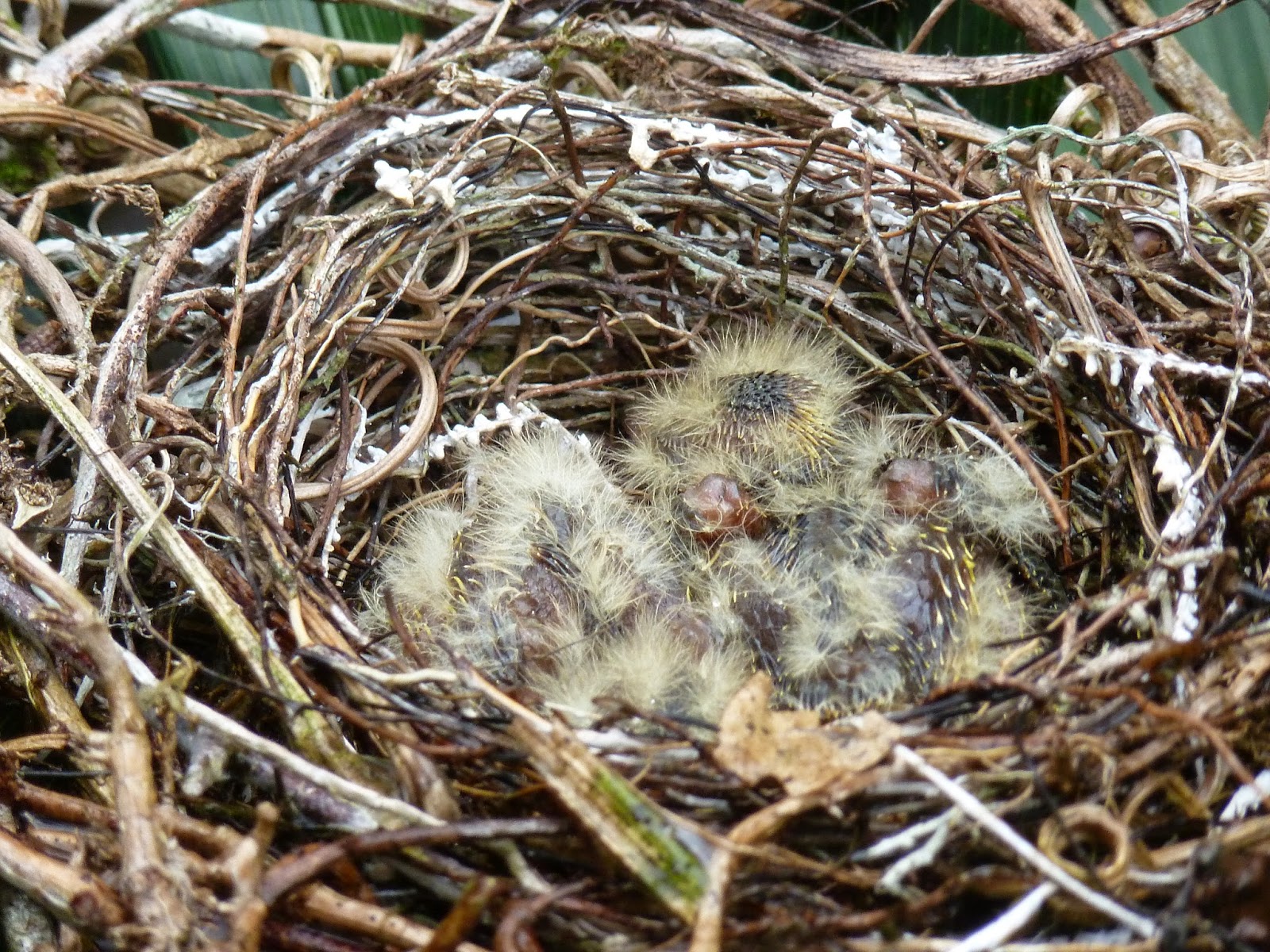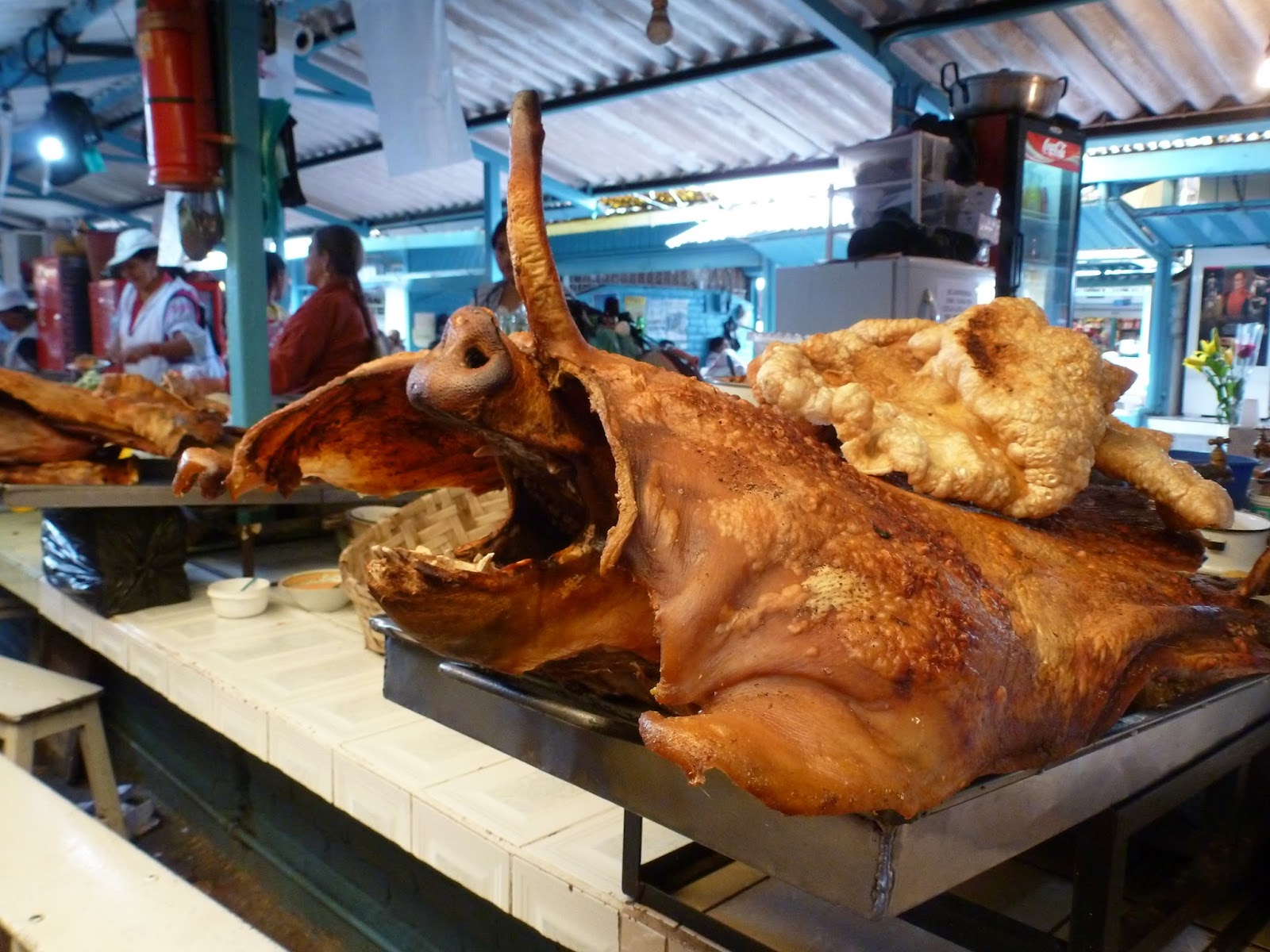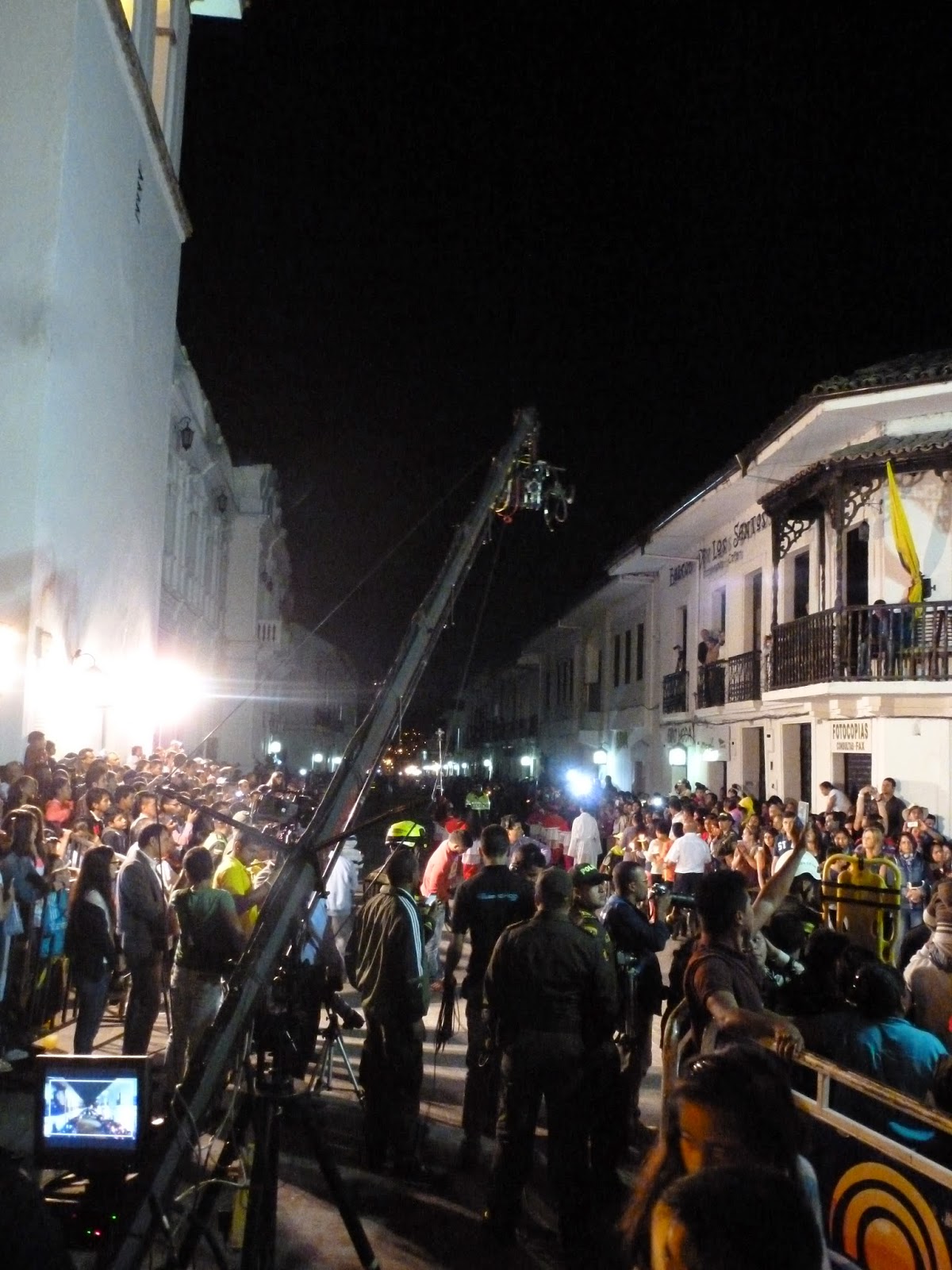After a shorter than expected night bus that left us in Lago Agro (home town of Soccer Star Antonio Valencia) at 4 in the morning (not advised) we were put on a bus to Cuyabeno, an area of the Amazon in the north of Ecuador. It took a two hour motor canoe ride to make it to our lodge. Half the time it was bucketing down rain and we had to share 1 poncho between two. Welcome to the Amazon!
Apparently it's the rainy season right now, this meant it rained 4 out of 5 days and when it rains in the Amazon it really rains. Usually there is a garden in the middle of all the huts in the lodge but it was totally flooded when we were there. This means that you get things like electric eels and caiman swimming around your hut.
Our room was nicer than expected but we were ready to get out of there by the end. After hanging all our wet clothes that never really dried all around it the place takes on a bit of a weird smell.
Activities of the Amazon
Most of our time was spent on the motor canoe cruising around the rivers trying to spot some animals. Occasionally we ventured onto land.
We went on a leisurely walk through the forest which involved a lagoon crossing where the water level was generally just above the top of your wellies. This involved a lot of screaming, slipping and cursing.
A night walk to find insects involved an unexpected equator crossing. I've lost count of the amount of times we've crossed the equator line since being in Ecuador.
We visited our guides local village to learn how to make yuca bread, from the ground to your stomach. Yuca is the root of a plant that is similar to potato, a bit more stringy, and is everywhere through Latin America.
Recipe for Yuca Bread
- Using a machete (because you're in Latin America) chop the branches of the yuca plant off.
- Get a strong man or two to pull the roots of the plant out of the ground.
- Peel, still using the machete, and wash the yuca.
- Finely grate the yuca. Traditionally you would use a spiky tree but if one is not available a grater will make a fine replacement.
- Using a large woven mat squeeze all the liquid out of the yuca. This liquid can be saved to later make a sauce.
- Sift the now dry yuca.
- Place a cup of the yuca in a pre-heated pan. No oil required.
- Continue to flip the yuca until slightly brown on both sides.
- Remove from pan, add toppings, enjoy.
Note: the more you eat the dryer your mouth becomes.
 |
| Yuca fresh from the ground |
 |
| Grating was a team effort |
 |
| Draining the Yuca |
 |
| The final product - Yuca Bread, Capsicum, Tomato Sauce and Tuna |
After the yuca bread feast a game of soccer with the local kids kicked off.
We were supposed to meet a shaman but we were told he'd "Gone fishing" and wouldn't be back until 9pm. The replacement activity was a 30 minute walk to a 200 yr old tree.
On the walk we got to try fresh cocoa. If you cut one of these cocoa pods open there's white flesh and cocoa beans (used to make chocolate). We didn't try the beans but the white flesh around them was sour but quite nice.
Finally, a trip to the Amazon wouldn't be complete without a sunset swim.
Animals of the Amazon
While the animal spotting was good, we've been spoiled by Costa Rica. We saw 5 out of the 10 types of monkeys that were knocking around and ticked the big two animals I wanted to see off the list: an anaconda and pink river dolphins. We have no photos of the pink river dolphins, they were too quick, but we got to watch a pod of them make their way up the river, one of the highlights.
 |
| Squirrel Monkey - still my favourite |
 |
| I forget their real name but the locals call them Stinky Turkeys. The locals don't eat them because their meat smells so bad. They were the most common animal throughout the Amazon. |
 |
| A little mouse in a tree |
 |
| Baby Anaconda - 1m long |
 |
| A nest of freshly hatched birds that we nearly ran over while trying to get a better look. Oops :/ |
 |
| One of the many birds around |
 |
| Woolie Monkey. We got to watch a huge family swinging through the trees above us. |
 |
| Tamarin Moneky |
The Amazon was an awesome adventure but after 5 days of wearing stinking clothes and being wet and cold we were quite happy to return to our comfy hostel in Quito with the best beds and hot hot showers.








































.JPG)







